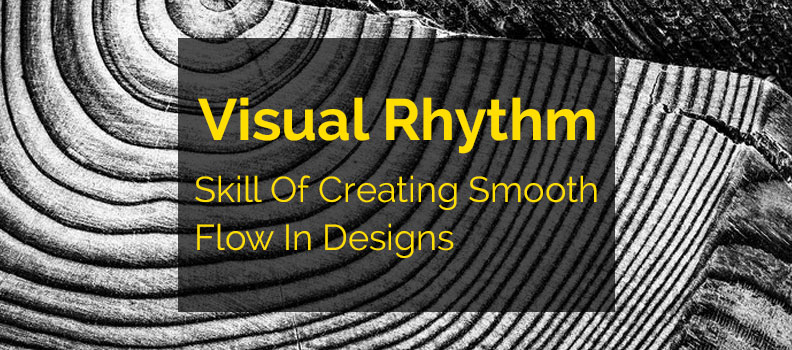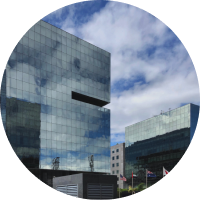Repetition is a usual thing that takes place around the globe. Sun rises and sets every day, days of week gets repeated, the clock strikes same time twice a day. Some seem to be monotonous while some are just unavoidable as well as necessary to maintain the rhythm. Repetition which occurs in website is known as visual rhythm. Even this is inevitable and essential. Repetition creates a sense of familiarity and sub-conscience relation, for example, after Monday comes Tuesday, right from our childhood we are familiar with this week pattern. In the same way, in web designing, there are predictable repetitions that create rhythm in the design pattern.
Visual rhythms in design are created instantly after the designing starts to maintain the consistency. Right from the headlines to images, colors to logos, you can repeat almost anything in designs to sustain the regularity. Human brains recognize the pattern and get connected with the whole website design. Some rhythms which are created are predictable while some are created by contrast pairing and some through progressive steps. A perfect visual rhythm will draw your eyes through the complete design.
In web-designing, visual rhythm can be achieved by following 3 primary ways, regular rhythm, progressive rhythm and flowing rhythm. Let us understand each of the type and see how we can develop it.
Types of Rhythm in Design
1. Regular rhythm:
As the name suggests, regular rhythm means elements or patterns which are repeated at regular intervals. It is based on the time factor. The elements as well as intervals are constant in this type of visual rhythm. Though it may seem less interesting but is certainly not boring. Color, shape, pattern and other such similar elements are placed at regular time intervals like in grids. Adding a sense of variation may break the monotonous feel but it can be a complex process. Among the element’s shape, size and color, you can keep any two attributes constant and change any one to create interest.
2. Progressive rhythm:
Rhythm takes place at progression steps. Even here the elements are repeated at intervals but with more variation at different levels. The size, shape or color of elements varies at each progressive step. The attribute of the component either increases or decreases at various levels. Slight changes can be powerful for visual communication and generate more interest. The basic rule to create progressive rhythm is by highlighting or adding contrast that breaks off the pattern at intervals. It could be either difference in shape, color or drastic variation in size. Progressive rhythm is good for directing the visitor to particular location.
3. Flowing rhythm:
This rhythm is natural and organic flow in web designs. Zebra or tiger stripes is a great example of flowing rhythm, even though the stripes are repetitive, each stripe is unique and different from other. When we see these stripes together, it creates a sense of rhythm with movement. The space between elements can also be a type of flowing rhythm. Even if attributes of the elements are same, increase or decrease in space between elements can create a rhythmic flow.
Whether it’s planned or unplanned, visual rhythm is a part of every web-design. But with proper planning, you are able to create a perfect rhythm which results in smooth flowing and attention-grabbing web design.

